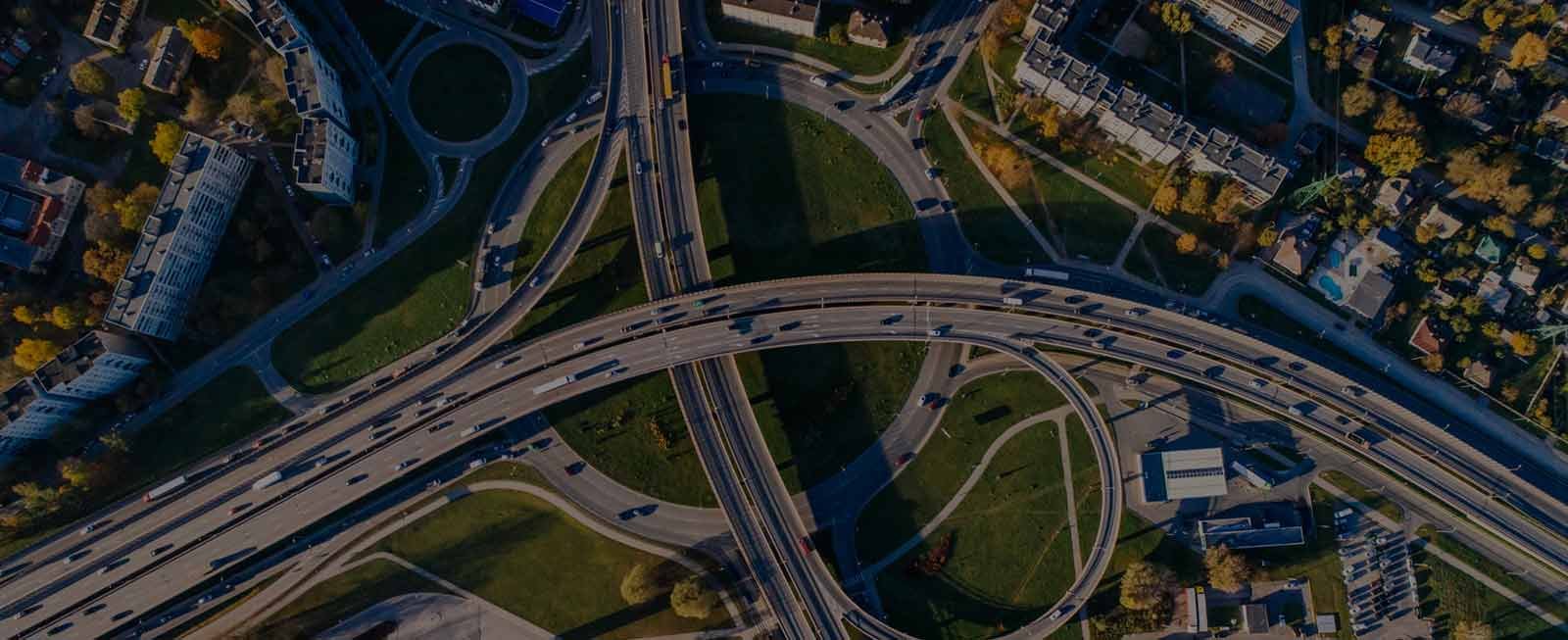
INS GLOSSARY
Glossary for Inertial Navigation System (INS)
1. Accelerometer
A sensor that measures acceleration forces acting on it, such as gravity or motion. In an INS, accelerometers detect changes in velocity, which can be used to calculate position over time.
2. Gyroscope
A device that measures angular velocity, which is the rate of rotation about an axis. Gyroscopes help determine the orientation of an object relative to a reference frame.
3. Inertial Measurement Unit (IMU)
A device combining accelerometers and gyroscopes to measure motion and orientation. Modern IMUs often include magnetometers for heading correction.
4. Inertial Navigation System (INS)
A navigation system that uses an IMU to calculate position, velocity, and orientation without external signals. It relies entirely on onboard sensors.
5. Angular Velocity
The speed of rotation around an axis, typically measured in degrees or radians per second. Angular velocity is critical for tracking changes in orientation.
6. Attitude
The orientation of an object relative to a reference frame, such as Earth. It’s commonly described using roll (tilt side to side), pitch (tilt up or down), and yaw (rotation about the vertical axis).
7. Bias Drift
A gradual change in the output of a sensor that occurs even when the input remains constant. For example, gyroscopes can accumulate small rotational errors over time due to bias drift.
8. Dead Reckoning
A navigation method where position is estimated based on previously known positions, velocities, and heading. While useful, errors can accumulate over time without external corrections.
9. Drift
The accumulation of errors in calculated position or orientation due to imperfections in sensors, calibration, or environmental factors.
10. Dynamic Range
The range of input values (e.g., acceleration, rotation) a sensor can accurately measure. A sensor with a limited dynamic range may saturate during high-motion scenarios.
11. Error Propagation
The compounding of small errors in measurements or calculations over time. This is a critical issue for INS as they operate without external corrections.
12. GNSS-aided INS
A hybrid system combining Global Navigation Satellite System (GNSS, like GPS) data with INS measurements to reduce drift and improve accuracy.
13. Heading
The direction an object is pointing, typically referenced to true north or magnetic north. It’s crucial for navigation and orientation.
14. Kalman Filter
A mathematical algorithm that estimates the true state of a system (e.g., position, velocity) by combining noisy sensor data with a model of the system’s behavior.
15. Latitude and Longitude
A coordinate system used to define positions on the Earth. Latitude measures north-south position, while longitude measures east-west.
16. MEMS (Micro-Electro-Mechanical Systems)
Miniaturized mechanical and electronic components used in sensors like accelerometers and gyroscopes. MEMS technology is widely used in consumer-grade IMUs.
17. Position Fix
A determined location, often derived from external systems like GNSS or visual landmarks. Position fixes help reset drift in INS.
18. Precession
A phenomenon where the axis of a spinning gyroscope slowly changes direction due to external forces, affecting accuracy.
19. Quaternions
A mathematical representation used to describe orientation in 3D space, avoiding issues like gimbal lock that arise with Euler angles.
20. Roll, Pitch, Yaw
The three axes describing an object’s attitude:
- Roll - Rotation around the longitudinal axis (e.g., airplane tilting its wings)
- Pitch - Rotation around the lateral axis (e.g., nose of an airplane going up or down)
- Yaw - Rotation around the vertical axis (e.g., airplane turning left or right)
21. Sensor Fusion
The process of combining data from multiple sensors (e.g., accelerometers, gyroscopes, GNSS) to improve overall measurement accuracy and reliability.
22. Specific Force
The force per unit mass measured by an accelerometer, excluding gravity. This is the force responsible for movement.
23. Stabilization
Techniques used to minimize movement-induced errors in navigation systems. For example, stabilization ensures that measurements remain consistent during vibrations or rapid motion.
24. Strapdown System
An INS where sensors are rigidly fixed to the vehicle, and measurements are mathematically transformed to a navigation frame instead of using mechanical stabilization (gimbals).
25. Tactical Grade
A classification for IMUs that balances performance and cost. Tactical-grade IMUs are often used in military or high-end commercial applications.
26. Velocity
The speed and direction of motion. INS uses accelerometer data to calculate velocity by integrating acceleration over time.
27. Zero Velocity Update (ZUPT)
A method to correct drift by detecting moments of no movement (e.g., when a vehicle is stationary) and resetting velocity calculations.
28. Alignment
The process of initializing an INS by determining its orientation relative to a known reference frame.
29. Geodetic Coordinates
A coordinate system (latitude, longitude, and height) used to define positions on Earth’s curved surface.
30. Gravity Compensation
The process of subtracting the effect of gravity from accelerometer data to isolate motion-induced acceleration.
31. Gimbal
A mechanical device that allows sensors to remain level by isolating them from changes in the vehicle’s orientation.
32. Noise
Random fluctuations in sensor data that can obscure the true signal. Noise is often filtered out to improve accuracy.
33. Pseudorange
The estimated distance between a GNSS receiver and a satellite, used to calculate position.
34. SINS (Strapdown Inertial Navigation System)
A type of INS where measurements are made directly by rigidly attached sensors, without mechanical stabilization.
35. Error Budget
An analysis that quantifies all potential sources of error in a navigation system and their combined impact on accuracy.
36. Initial Alignment
The procedure to align an INS to a known reference point before starting navigation, ensuring accurate initial orientation.
37. Precision
The degree of consistency in repeated measurements. High precision ensures reliable results over time.
38. Redundancy
The inclusion of multiple sensors or systems to ensure continued operation and accuracy if one fails.
39. Turn Rate
The speed at which an object changes its heading, typically measured in degrees per second.
40. Waypoint
A predefined location used as a reference point in navigation. Waypoints help plan and guide a route.
